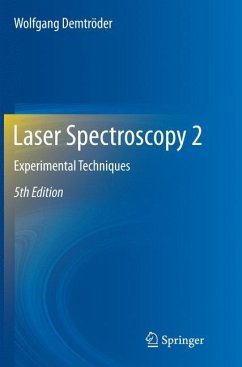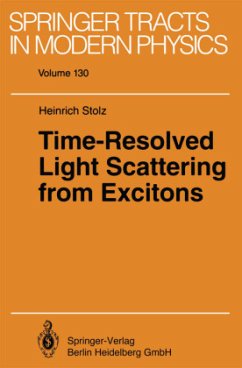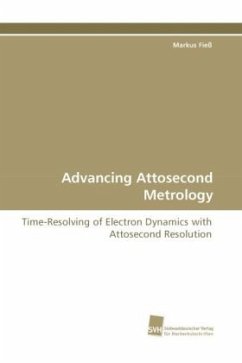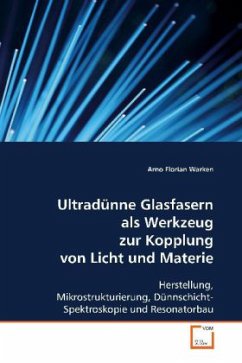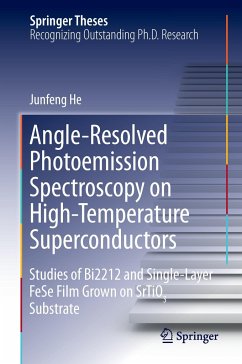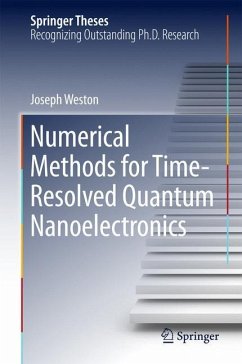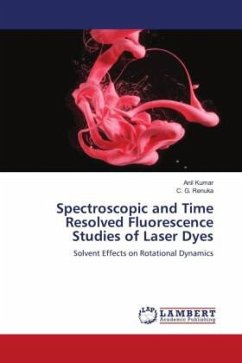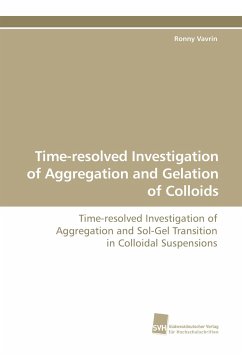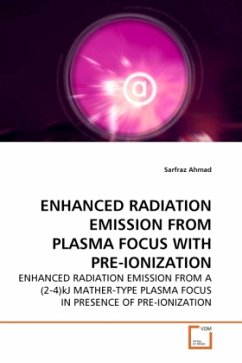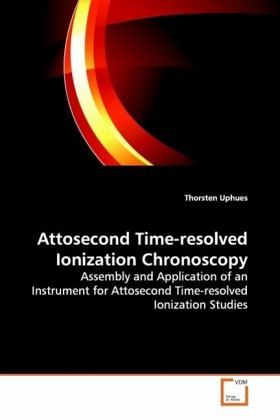
Attosecond Time-resolved Ionization Chronoscopy
Assembly and Application of an Instrument for Attosecond Time-resolved Ionization Studies
Versandkostenfrei!
Versandfertig in 6-10 Tagen
32,99 €
inkl. MwSt.

PAYBACK Punkte
16 °P sammeln!
In the framework of this book a new setup forattosecond time-resolved measurements is described ancharacterized. This new apparatus was utilized tostudy ionization dynamics in rare gas atoms. Inparticular strong field ionization processes in neonatoms and the Auger decay of krypton and xenon atomsfollowing the creation of vacancy states in the 3dand 4d shell respectively. It is shown that theelectronic relaxation occurs through different decaychannels, each involving cascades of sequential stepswhichare followed in their native temporal succession.This new method is called "Ionization Chronosc...
In the framework of this book a new setup for
attosecond time-resolved measurements is described an
characterized. This new apparatus was utilized to
study ionization dynamics in rare gas atoms. In
particular strong field ionization processes in neon
atoms and the Auger decay of krypton and xenon atoms
following the creation of vacancy states in the 3d
and 4d shell respectively. It is shown that the
electronic relaxation occurs through different decay
channels, each involving cascades of sequential steps
which
are followed in their native temporal succession.
This new method is called "Ionization Chronoscopy"
and gives further evidence that time-resolved
experiments in the attosecond regime will become a
powerful tool for investigations in atomic physics.
attosecond time-resolved measurements is described an
characterized. This new apparatus was utilized to
study ionization dynamics in rare gas atoms. In
particular strong field ionization processes in neon
atoms and the Auger decay of krypton and xenon atoms
following the creation of vacancy states in the 3d
and 4d shell respectively. It is shown that the
electronic relaxation occurs through different decay
channels, each involving cascades of sequential steps
which
are followed in their native temporal succession.
This new method is called "Ionization Chronoscopy"
and gives further evidence that time-resolved
experiments in the attosecond regime will become a
powerful tool for investigations in atomic physics.



